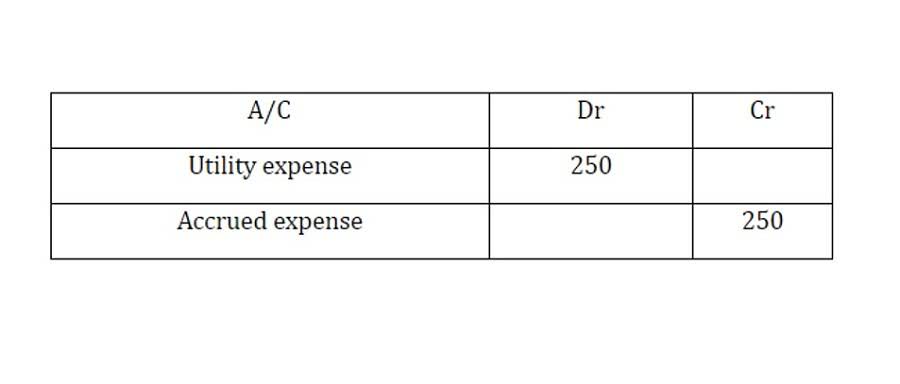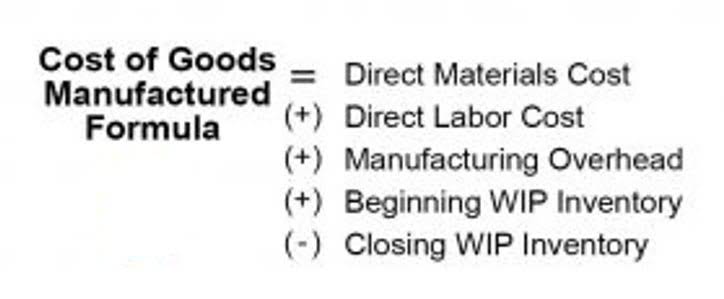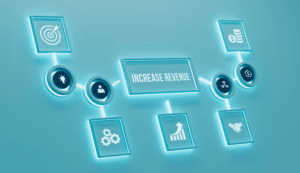
Once again, automating complex tasks lets you focus more on adding new clients and growing your agency. The payroll system must be audited regularly in order to prevent errors from accumulating and causing issues later on. They record employee hours and feed the data automatically into the payroll software for calculation. Both hour and salaried employees should be backed by the software, which should also take overtime, leaves, and various other factors that could impact pay into account. Gusto offers automated tax reporting, proactive compliance alerts, paid time off, payroll tax form submission, and health insurance management.
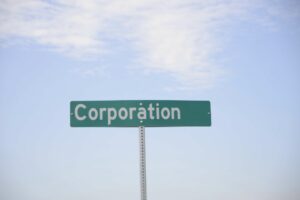
Step 4: Automate Payments and Distribution
In our opinion, Quickbooks can be extremely helpful for small and medium-sized companies. It is easy to use and provides all the main features you need, even though it still lacks a few key features such as integration with accounting software other payroll automation than QuickBooks Online. Jennifer Soper has 25+ years of writing and content design experience, working with small businesses and Fortune 100 companies. It calculates and pays taxes for you, making sure the correct rates are applied no matter where the employee is located. Additionally, it can generate detailed reports that help you demonstrate compliance with specific tax regulations. Payroll automation software has the capability to adapt to new tax laws, helping you stay compliant while streamlining administrative processes.
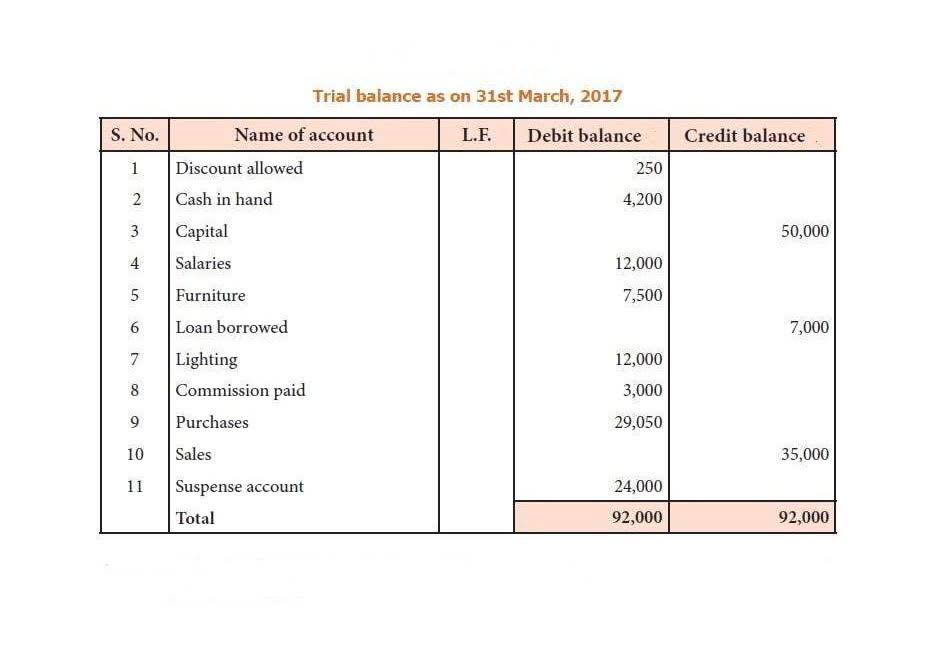
Common challenges and solutions
Most payroll automation software packages are directly integrated with time and attendance systems. This way, businesses can automatically track employee work hours, overtime, and absences that will be used to calculate salaries. This ensures there is less risk of human error in the payroll calculation. This cutting-edge technology increases overall efficiency, lowers human error, and streamlines the payroll process. It transforms your businesses by improving team productivity, saving time, reducing errors, and minimizing the risk of penalties. Accurate and timely salary payment satisfies employees and improves their morale.

Tax Filing and Reporting
With Patriot, small businesses can complete unlimited payroll runs and automate tax calculations and direct deposits. Paychex is a popular payroll automation software solution that tailors its offerings to businesses of all sizes. 🤓 Their products include a wide range of payroll solutions, comprehensive HR services, and benefits administration support. While you can file payroll taxes on your own, there’s always the risk of mistakes — and, with gross vs net it, the potential for hefty non-compliance fines from the IRS. When you automate your payroll processes through a third-party vendor, you mitigate this risk and reduce your own administrative burden as a business owner. For instance, cloud-based payroll solutions are ideal for scaling businesses.
The full value of the service you’re paying for
Next, you should evaluate how payroll can be integrated with other parts of your business to be as efficient as possible. Let us help your business find the best HVAC Bookkeeping tools and solutions to thrive and grow. Clean up your existing data, verify employee information, and make sure all records are accurate before migrating to a new system.
- Automation also makes it much easier to create other kinds of reports as well as gather statistical data for research and improvement purposes.
- You can also use it as a stand-alone payroll processing service for your small to medium-sized business.
- In this article, we’ll explore the top payroll outsourcing companies for 2025 and show how they can streamline payroll processes, reduce payroll mistakes, and ensure employees are paid on time.
- Research from EY suggests that between 20-60% of full-time employee costs could be saved by automating payroll and related back-office functions.
- Allowing staff more time to focus on contributing to your business strategy can help boost employee morale.
- This allows for accurate calculation of employee hours worked and streamlines the payroll process.
Whether you employ W-2 employees, contractors or both, you need to not only figure out how to pay your workers, but how to track their income and report it to the IRS. Both scenarios damage trust between employees and the company and could lead to penalties if tax laws are violated. RPA can be employed to respond to routine payroll queries from employees.
- OnPay is a cloud-based payroll service that provides scalable solutions for small and medium-sized businesses.
- Cloud-based HR platforms like Pulpstream go one step further by providing an online portal that employees can use to resolve their own payroll issues.
- Most importantly, consider the value of the time you’ll get back by automating payroll and taking that burden off your shoulders.
- It reduces the margin for human error, and in turn the risk of mistakes and incurring expensive penalties.
- Choosing the right automated payroll system for your business is crucial.
- This is because HR personnel need to pay attention to the time clock and hourly wages of every employee at the company – on top of all their other daily tasks.
This software will allow you to track hourly employees, salaried employees, part-time and full-time hours, paid time off, sick time, and more. When you use time and attendance tracking software, you eliminate the need for manual timesheets. This allows for accurate calculation of employee hours worked and streamlines the payroll process. Many popular time and attendance tracking software are free for basic use; however, adding payroll may come with a monthly fee. Understanding the details of payroll automation ultimately helps your company make an informed decision on adopting it.






